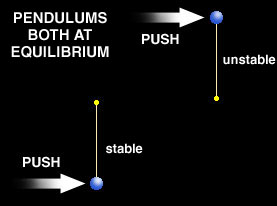Example of a stable and an unstable equilibrium, respectively.
Click on image for full size
Stability
Have you ever tried to balance a long stick on your hand? Hard, isn't
it? That's because the stick is part of an
unstable
system. If the wind pushes the stick a little bit, it will keep going in
that direction. If you hold the stick upside-down it's much easier to
keep straight. That's because when the stick is held from above it's a
stable system. If a breeze moves the stick, it will
come back to its starting position.
The atmosphere can also be stable or unstable. If it's unstable, then
clouds can form. The
more unstable the atmosphere is, the more
severe the weather could
be. Clouds and storms form when pockets of air rise and cool. The air
pockets won't rise unless something starts them moving. That's why the
air can be unstable but still clear--there's no
lifting
mechanism to get the air going.
You might also be interested in:

How did life evolve on Earth? The answer to this question can help us understand our past and prepare for our future. Although evolution provides credible and reliable answers, polls show that many people turn away from science, seeking other explanations with which they are more comfortable.
...more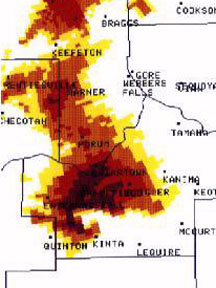
It's hard to forecast tornadoes. They don't last very long and are also very complicated. Scientists don't really know how they form, but they do where they tend to form. Using what they know about the
...more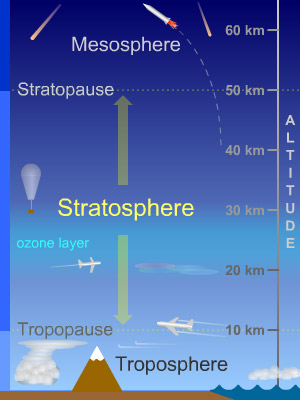
The stratosphere is a layer of Earth's atmosphere. The stratosphere is the second layer, as one moves upward from Earth's surface, of the atmosphere. The stratosphere is above the troposphere and below
...more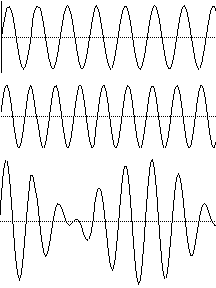
Sound travels in waves. You hear sound because waves hit your ear. Sound waves are similar to ocean waves. They both have a certain frequency. The frequency is measured in hertz, which is one cycle per
...more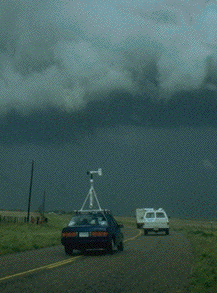
Storm chasers are different than storm spotters. Chasers travel around Tornado Alley looking for severe storms and tornadoes. This area in the Great Plains is the best for chasing because of the frequency
...more
A tornado is the most intense force in nature. That doesn't mean it's the most powerful. In fact, a thunderstorm can be 40,000 times more powerful than a tornado. Then why aren't thunderstorms as dangerous
...more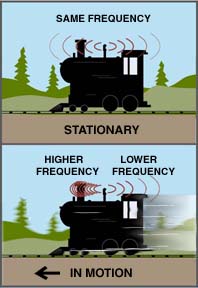
The Doppler effect was named after Christian Doppler, who first came up with the idea in 1842. He learned that sound waves would have a higher frequency if the source was moving toward the observer and
...more
Has someone ever told you to open your windows during a tornado? Or has someone ever told you that you don't have to worry about tornadoes because the place where you live is protected? These are two of
...more


